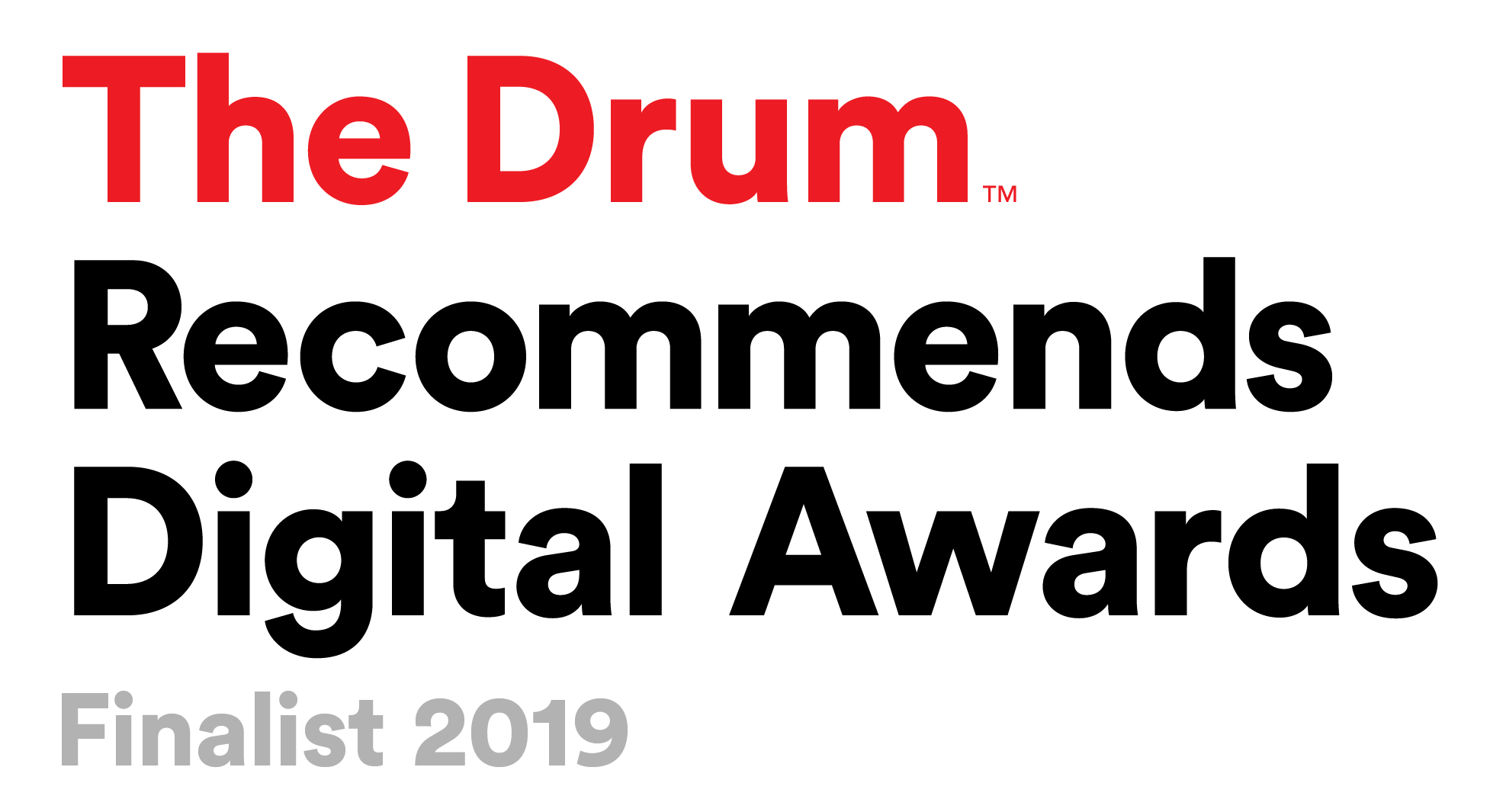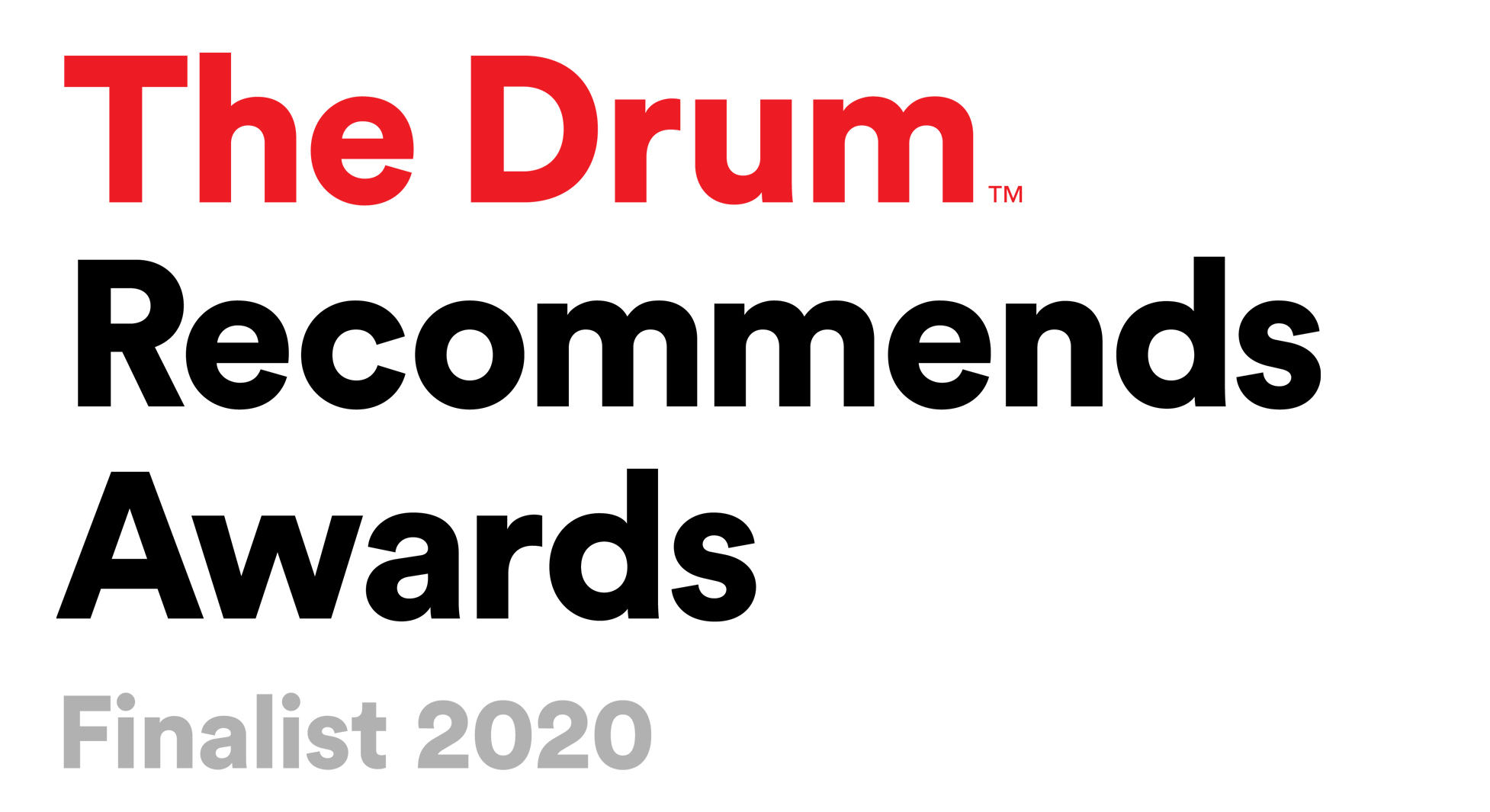10 Bad Marketing Habits to Kick in 2023
As 2023 rapidly approaches, brands, creators, influencers, and social media managers will be striving to discover and develop new marketing strategies for the next 12 months, as well as keeping a keen eye on the latest trends.
But before you launch into new and untested social media waters, we wanted to have a look at some of the things you should stop doing on your social platforms in 2023, and what you should be doing instead.
So as well as cutting back on takeaway food, taking part in Dry January, and remembering to go to the gym, resolve to quit these 10 social media habits in 2023.
1. Neglecting video content
With TikTok hitting the 1 billion monthly users mark in 2021, becoming the seventh most globally popular social media platform, and Instagram continues to update Reels to keep up, if you aren’t making the most of video on TikTok or Instagram Reels, then you could be missing out on a huge audience.
You don’t necessarily need to be using both platforms, but content can very easily be repurposed for cross-promotion, and supercharge your success in the new year. Read up on Instagram Reels and TikTok to learn all you can, so you can promote your brand and find and engage with new audiences.
2. Not defining your niche
The attention spans of social media users are notoriously short, meaning that your window of opportunity to make that vital first impression is minuscule at best.
This means that you need to define your niche and target market quickly, as soon as someone views your profile. Ensure that your social media bio defines who you are, whom you serve, and what you share, and inject a dose of personality and credibility to help hook people into your content. It will give your social media marketing strategy a well-needed boost.
3. Content that’s irrelevant to your audience
It’s vital that you know your audience in order to increase your followers, engagement, and website traffic, and boost sales. In 2023, make sure you know the needs, challenges, aspirations, and pain points of your audience, as they will want to know what’s in it for them, and whether your brand understands what matters to them.
Self-serving content is great for helping develop a personality for your brand, but instead of simply posting a photo of your tasty salad, share the recipe, or instead of boasting about gym gains, detail your fitness regimen.
4. Forgetting the hook
The hook is the carefully crafted opening statement that immediately grabs your readers’ attention, enticing them to read more – see above about short attention spans!
Carefully develop the copy on your social media posts so that people stop and read instead of scrolling past your Reels and TikTok posts and entice them to read the full caption, turn on the sound and listen to your video, and engage with your stories.
5. Neglecting the analytics tab
If you want to take a deep dive into the best and worst-performing content in the past 12 months, then you should make yourself more familiar with the analytics tab, and start the new year on the right foot.
Check to see which posts had the most and least likes, shares, saves, comments, plays, and highest/lowest reach. Did you find there were common themes for top-performing or worst-performing content? Investigate what works and what doesn’t, and you’ll soon discover what your audience wants more of, and what you should drop going forward into 2023.
6. Forgetting to use social media as a sales tool
It can be easy to forget that Instagram is a powerful sales tool, packed with features that can help you make sales right within the platform, and in some cases, you might not even need a website to generate revenue through sales.
The basics for any online-operating business are a way for consumers to find you, a compelling offer, product, or service, and a means for people to send payment, and you can find that on most social media platforms.
7. Quantity over quality
We’ve all seen those posts with messages such as ‘Want to grow on Instagram? Simply post Reels every single day for 30 days!’
It might work for some accounts, but it isn’t going to work for everyone. It’s more important to be consistent with your social media content. Instead of testing every day for the sake of posting, post three times a week, but use your A-game content to help build a sustainable social media marketing strategy that will last all year.
8. Competition over community
You should care about other creators’ work, especially within your niche. Like, comment, and share other creators’ work, and develop mutually beneficial relationships. You likely share similar audiences, and their followers will also love your content.
However, ensure any relationships developed are meaningful, not just service-level, as you want value-driven, genuine, and authentic connections. Your audience will quickly see through anything that appears superficial.
Community over competition is a mantra to remember in 2023, and it’s not just about chasing clout, but supporting each other and growing together.
9. Not driving people to your website
If the main reason you’re on social media is to redirect people to your website, eCommerce shop, or blog, then you will need to remind your audience from time to time and give them a nudge in the right direction.
If you find you’re being asked the same questions in comments and DMs, then why not write a FAQ blog that can go into greater depth? The next time you get asked a question, you can redirect to your website.
Remind people at the end of posts to tap on the link in your bio so they can find out more about your product, service, or offer, or use the link sticker in Instagram Stories to drive traffic even easier in one tap.
Don’t forget to add a call-to-action on your blog to help get people more engaged with your content and your brand. Once you get a ‘yes’ to opt into an email list, then it becomes easier to elicit another ‘yes’ when making purchasing decisions.
10. Selling a product not a lifestyle
No matter how good your product or service is, consumers are not interested in it. What they are looking for is how it will transform their lifestyle.
No one cares about the capacity or number of pockets that designer handbag has, but they will certainly care about it elevating their level of status, the sense of accomplishment, belonging to an elite group, or even how it could boost their self-esteem.
You should think about your product or service in the same way and develop a narrative around your brand that people will buy into. Sell them the lifestyle, not the product.
Onwards into 2023!
New Year’s resolutions always seem doomed to fail. A few weeks into a dark, grey, and cold January, getting up early to hit the gym feels like a terrible idea, while a bottle of wine and a takeaway pizza on a Friday night becomes increasingly more tempting.
But if you take note of these marketing resolutions, and stick with them, you can help make 2023 your year, grow your business, increase your audience, and get on the road to success!
If you’re looking for assistance with your marketing this year, then we’re here to help at Tonic, so get in touch today, and have a very happy, and fruitful, new year!




